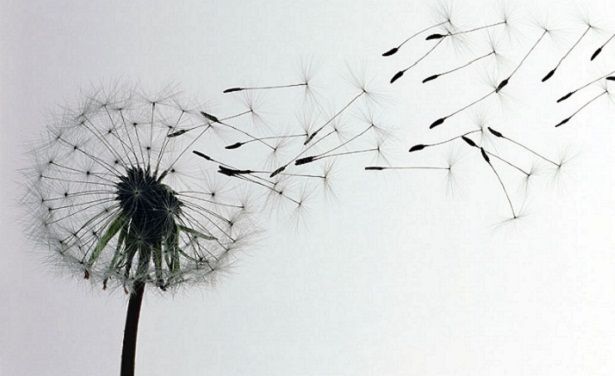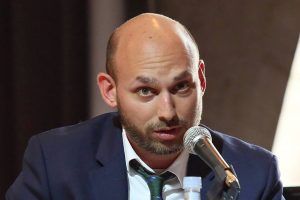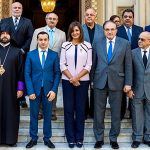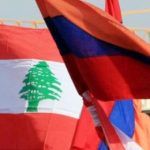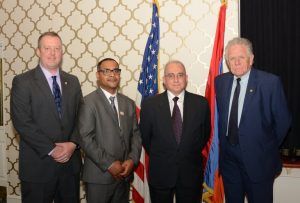14 days in Diyarbekir: Third day: Sheymus Diken, voice of Diyarbekir

14 days in Diyarbekir/14 photos from Ameed/14 texts related to Tigranakert
Special reporter for Repair, French-Armenian journalist Mikayel Jiminez-Mateossian spent two weeks in the modern-day capital of Diyabekir (in Kurdish-Ameed, in Armenian-Tigranakert) in southeastern Anatolia with the purpose of learning about the past, present and future of thousands of Armenians who had lived there prior to the Genocide of 1915. Mateossian shares with us his long searches, encounters in sites and meetings with men and women whose stories are linked to Armenians in this or that way.
Third day: Sheymus Dike, voice of Diyarbekir
Whether we like it or not, the history of the Armenians of Diyarbekir and the surrounding area is in the hands of the Kurds today. Whether they wanted to or not, the Kurds have become the preservers of the remembrance of the gyavurs* who were deported to the elimination camps in Rasulain in 1915 and later to the desert of Der Zor, or were exiled to distant lands decades ago. Every Kurd you meet here has a long or short story to tell about the Armenians. One might tell you that he remembers his childhood friend that treated him to eggs on Easter. Another might tell you that the Armenians were people who were the best that worked with iron and other precious metals, and that an Armenian woman would make divine meals. These memories that have changed over time can seem very unimportant and aren’t unimportant traces of the past, and those traces are always remembered.
Writer Seymush Diken best presents the voice and past of Diyarbekir. The author of several books devoted to his hometown is digging deep down in his memories to revive the golden age of Ameed when the Kurds, Armenians, Assyrians and Jews used to live in relative solidarity. “There were many identities, languages and religions in this city. It belonged to the Armenians as much as it belonged to the Kurds and the Assyrians. Although some nations disappeared as a result of the great injustices, but what they experienced, the places where they lived are still remembered and there are always talks about them,” says the author, who has signed under the Turks’ petition to apologize to the Armenians. During my conversation with the author, we touched upon an important issue that is continuously becoming a matter of discussion in the region and with the Kurds living elsewhere. It is particularly about the tremendous loss that the region suffered with the disappearance, and later the escape of the Armenians, better yet, the Christians. “The city became poverty-stricken not only economically, but also in terms of culture, intellect and politics. The city lost its originality,” says Sheymush Diken and makes an important clarification: “The people of Diyarbekir knows this very well.”
*non-believers
This 30-year old cultural and socialist journalist, photographer has collaborated for several newspapers and magazines. For several years, he has been providing photo reports to Europe NGO in Armenia and Turkey. To find out more about MJM, visit the website at www.mjm-wordsandpics.com.




 Արևելահայերեն
Արևելահայերեն Արևմտահայերեն
Արևմտահայերեն Русский
Русский